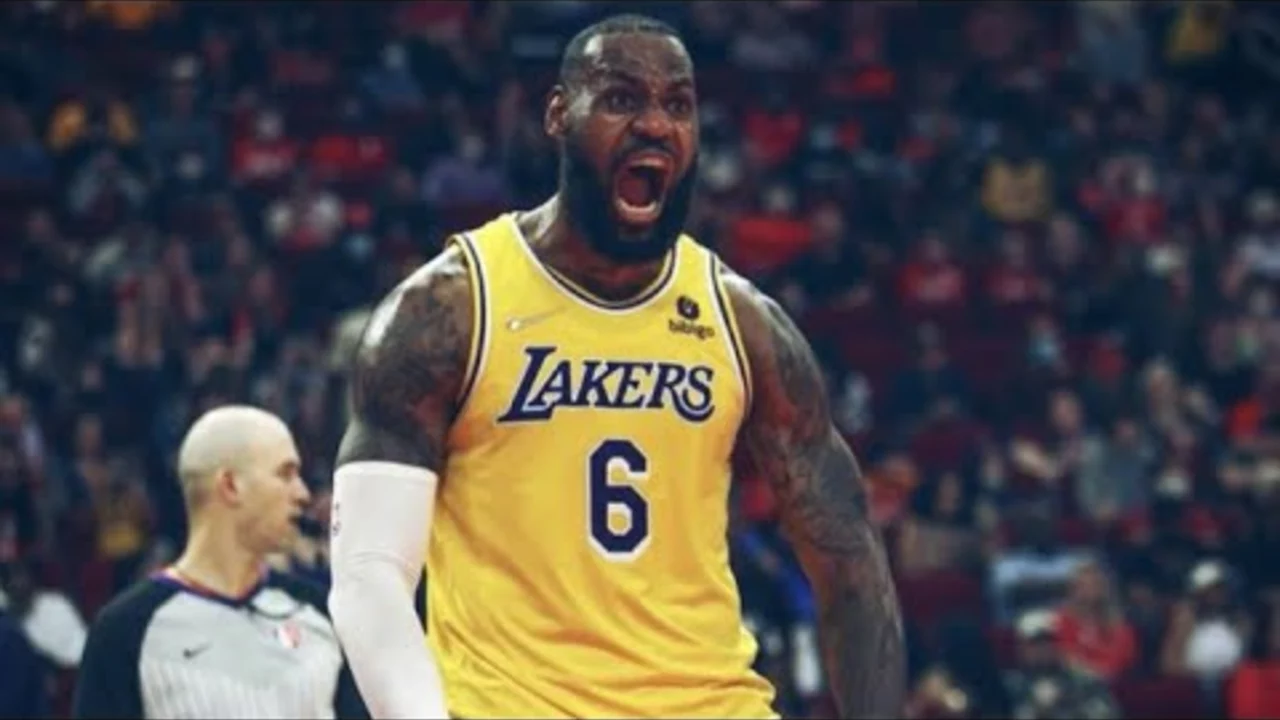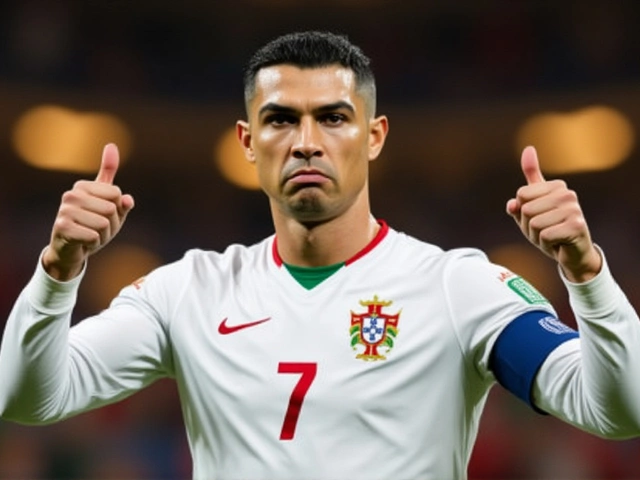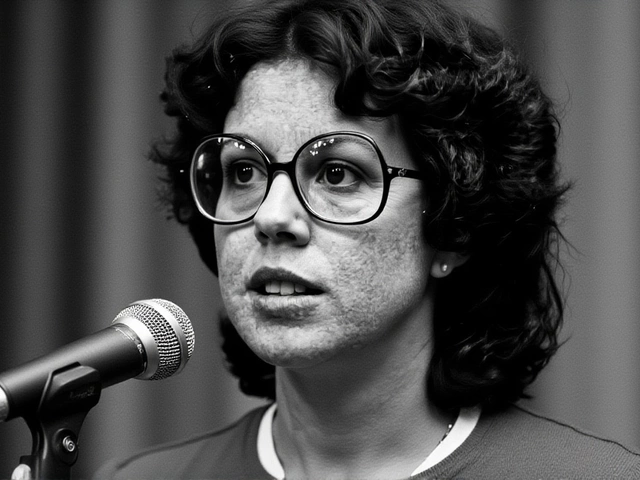Player Longevity: Keep Your Basketball Game Going Strong
Want to play basketball well into your thirties or even forties? You don’t need miracle pills—just smart habits that protect your body and sharpen your mind. Below are the everyday steps that help players stay fast, strong, and injury‑free for years.
Train Smart, Not Just Hard
Most players think piling on minutes will make them better, but quality beats quantity every time. Focus on functional strength: squats, lunges, and core work that mimics on‑court moves. Add plyometrics for explosiveness, but keep the volume moderate to avoid joint stress. A weekly schedule that mixes strength, agility, and skill work gives your muscles time to adapt and recover.
Recovery is the other half of training. After a tough practice, spend 10‑15 minutes stretching the hip flexors, hamstrings, and calves—these are the muscles that take the most abuse during jumps and sprints. Foam rolling or using a massage ball can release tight spots that otherwise turn into nagging injuries.
Nutrition That Fuels Longevity
What you eat determines how quickly you bounce back. Aim for a balanced plate: lean protein for muscle repair, complex carbs for steady energy, and healthy fats for joint lubrication. Omega‑3 rich foods like salmon or walnuts help reduce inflammation, keeping aches at bay.
Hydration matters more than you think. Even mild dehydration can impair coordination and increase cramp risk. Carry a water bottle to every practice and sip regularly, especially on hot days.
Supplements aren’t a magic fix, but a daily joint‑support formula with glucosamine and chondroitin can cushion cartilage wear over time. Pair that with a multivitamin to fill any nutrient gaps.
Mindset and Lifestyle Choices
Stress and poor sleep are hidden enemies of player longevity. Aim for 7‑9 hours of quality sleep each night; deep rest restores hormones that repair tissue. If you’re juggling work or school, set a consistent bedtime routine to keep the clock steady.
Maintain a balanced life outside basketball. Cross‑training with swimming or cycling reduces impact while still building aerobic capacity. It also keeps the routine fresh, so you’re less likely to burn out.
Finally, listen to your body. A twinge isn’t always a sign to push harder—sometimes it’s a cue to rest, ice, or see a physiotherapist. Early treatment stops small issues from turning into season‑ending injuries.
By combining smart training, proper nutrition, solid recovery, and a proactive mindset, you give yourself the best chance to enjoy basketball for as long as you want. Remember, longevity isn’t about playing more games; it’s about playing better, safer games for years to come.

Alright, my hoop-head friends, let's sink our teeth into this juicy debate - Is our man LeBron James still slam-dunking in his youth, or has he crossed over into the grizzled veteran territory? Well, our King James is currently 36, which in basketball years could get him a senior discount at Denny's. However, don't let the age fool ya! This guy's still out there schooling young bloods with his dazzling skills and monstrous dunks. So, whether he's young or old really depends on whether you're comparing him to a rookie or a fossil...either way, LeBron's still got the magic!





